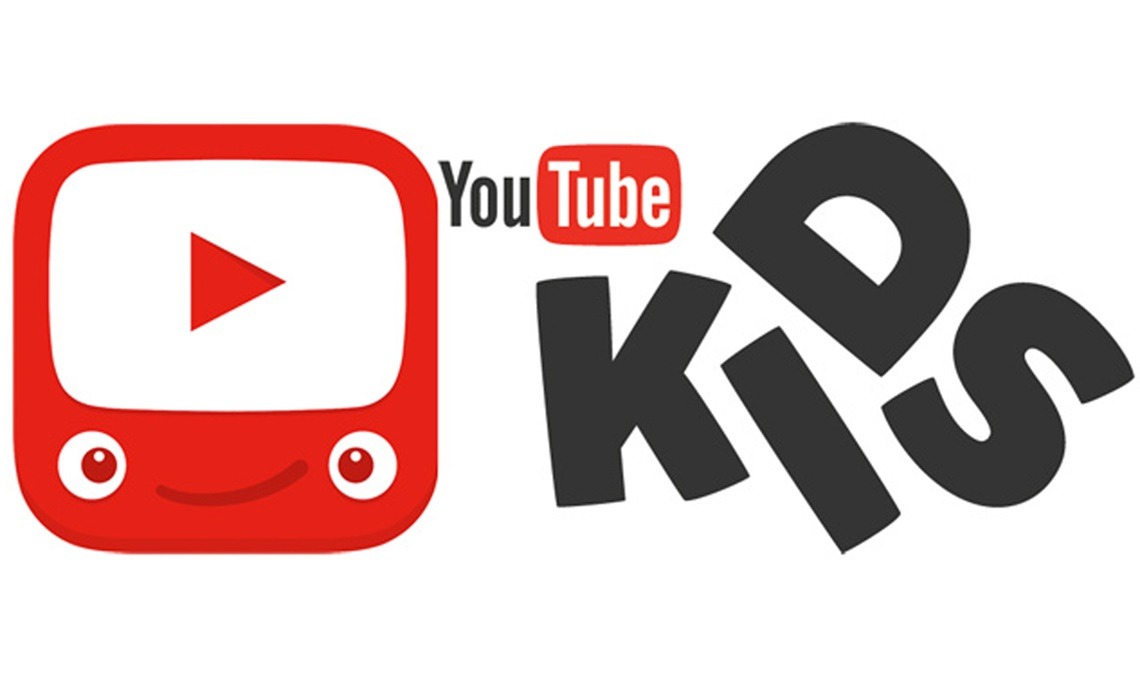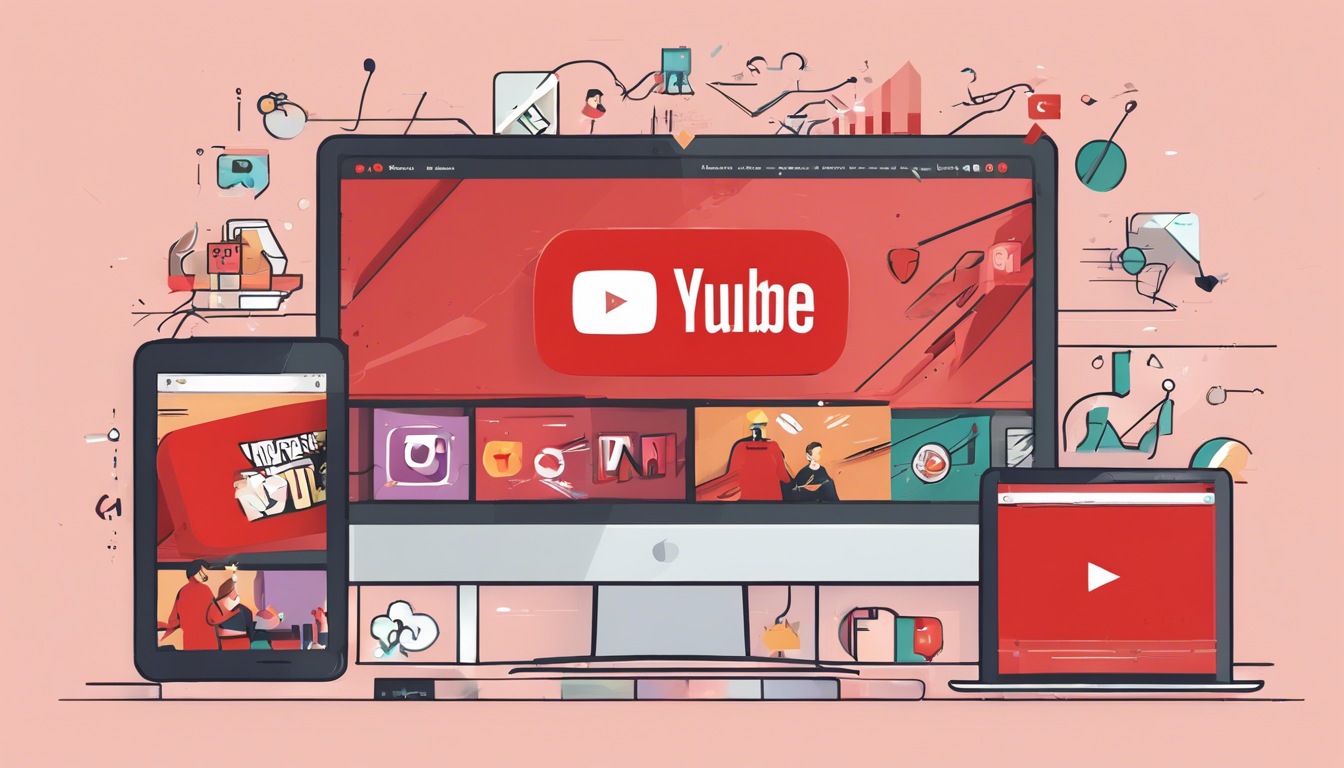When it comes to digital marketing, high-quality content refers to articles that are well-written, informative, engaging, and relevant to the target audience. Creating high-quality articles is crucial for search engine optimization (SEO) as it helps improve website rankings and attracts more organic traffic.
To craft such content, one must focus on research, writing compelling headlines, using visuals to enhance engagement, optimizing for keywords, and ensuring readability. By incorporating these strategies, businesses can effectively reach their target audience and achieve their SEO goals.
Crafting compelling and relevant content that resonates with your audience.
This involves creating content that addresses the needs and interests of your target audience, while also aligning with your brand’s messaging and goals. By understanding the demographics, preferences, and behaviors of your audience, you can tailor your content to effectively engage and connect with them. Additionally, conducting keyword research and optimizing your content for search engines can help improve visibility and attract more organic traffic to your website. By consistently creating high-quality, relevant content that resonates with your audience, you can establish your brand as a trusted resource in your industry and drive more conversions.
Also, by segmenting your audience and creating personalized content for each group, you can ensure that your messaging resonates with them on a deeper level. Furthermore, staying updated on the latest trends and industry news can help you stay ahead of the curve and create content that is both timely and relevant. A well-thought-out content strategy is crucial for building brand loyalty and driving long-term success in the digital landscape.
While developing a content strategy that caters to your target audience is important, solely focusing on segmentation and personalization may limit your reach to potential customers outside of those specific groups. Additionally, aligning content with the buyer’s journey is essential for guiding consumers through the purchasing process and ultimately converting leads into sales. By creating content that addresses the different stages of the buyer’s journey, from awareness to consideration to decision, you can effectively nurture leads and build trust with your audience. This comprehensive approach ensures that your content is not only engaging and informative but also strategically guides potential customers towards making a purchase. Ultimately, aligning your content with the buyer’s journey can help you attract, convert, and retain customers, leading to sustained growth and success for your brand.

Creating High-Quality Articles with Keyword research and optimization
Keyword research and optimization is essential for ensuring that your content is easily discoverable by your target audience. By identifying and incorporating relevant keywords into your content, you can improve your search engine rankings and drive organic traffic to your website. This strategic approach will help you reach a larger audience and increase the visibility of your brand online.
Incorporating keywords naturally into content
When incorporating keywords into your content, it is important to do so in a natural and seamless way that enhances the overall quality of your writing. Avoid keyword stuffing, as this can negatively impact the readability and user experience of your content. Instead, focus on creating valuable and engaging content that naturally includes relevant keywords. By striking the right balance between optimization and readability, you can effectively improve your search engine rankings and attract more organic traffic to your website.
Using long-tail keywords for better targeting
Long-tail keywords are longer, more specific phrases that are highly targeted to a particular audience. By incorporating long-tail keywords into your content, you can attract more qualified leads and improve your chances of ranking higher in search engine results. These keywords often have lower search volume but higher conversion rates, making them a valuable addition to your SEO strategy. When researching long-tail keywords, consider the specific needs and interests of your target audience to create content that resonates with them. Additionally, use tools like Google Keyword Planner or SEMrush to identify relevant long-tail keywords that have the potential to drive traffic to your website.
Formatting and structuring content for readability
When creating content for your website, it’s important to focus on formatting and structuring it in a way that is easy for your audience to read and digest. This includes using bullet points, numbered lists, and bold or italicized text to highlight key points. Additionally, breaking up large blocks of text with subheadings and white space can help improve readability and keep readers engaged. By following these formatting and structuring guidelines, you can ensure that your content is not only informative but also visually appealing and easy to consume.
Using bullet points and numbered lists
One way to effectively present information in a clear and organized manner is to use bullet points and numbered lists. This helps break down complex ideas into smaller, more digestible chunks for your audience. Bullet points are great for listing items or ideas in no particular order, while numbered lists are useful for outlining steps or ranking information in a specific order. By utilizing these formatting tools, you can make your content more scannable and easier for readers to navigate. Additionally, using bold or italicized text to emphasize key points can draw attention to important information and help guide the reader’s focus.
Breaking up text with short paragraphs
Short paragraphs are essential for keeping your readers engaged and preventing them from feeling overwhelmed by large blocks of text. By breaking up your content into smaller paragraphs, you create more white space on the page, making it easier for readers to scan and digest the information. This also allows for a more visually appealing layout, which can help hold the reader’s attention and make your content more inviting to consume. Additionally, short paragraphs can help you maintain a clear and concise writing style, ensuring that your message is delivered effectively and efficiently.

Writing for SEO
When writing for SEO, it is important to incorporate relevant keywords strategically throughout your content to improve search engine rankings. By conducting keyword research and optimizing your content with these keywords, you can increase the visibility of your website and attract more organic traffic. This will ultimately help you reach a larger audience and achieve your marketing goals more effectively.
- Optimizing meta tags and descriptions
Meta tags and descriptions are important elements to optimize for SEO, as they provide search engines with information about the content of your website. By including relevant keywords in these areas, you can further improve your website’s visibility and drive more traffic to your site.
- Using internal and external links
Internal and external links are essential for SEO, as they help search engines understand the structure of your website and establish its credibility. By strategically placing these links throughout your content, you can improve your website’s ranking and provide users with valuable resources to explore.
- Incorporating relevant keywords throughout the article.
This will help search engines recognize the relevance of your content to specific search queries, ultimately boosting your website’s visibility in search results. Additionally, using long-tail keywords can help target more specific audiences and drive higher quality traffic to your site.
Proofreading and Editing
Ensure that your content is free of grammatical errors and typos to maintain a professional image. Consider enlisting the help of a professional editor [Mirald Scale Content] or utilizing online tools to catch any mistakes you may have missed.
Checking for grammatical and spelling errors
This step is crucial in maintaining credibility and professionalism in your content. Grammatical errors and typos can detract from the overall quality of your writing and make it difficult for readers to trust the information you are providing. By thoroughly proofreading and editing your content, you can ensure that it is clear, concise, and error-free, enhancing the overall user experience on your website. Additionally, taking the time to check for errors shows a level of attention to detail and dedication to producing high-quality content that will resonate with your audience.
Ensuring consistency in tone and style
Consistency in tone and style is essential for maintaining a cohesive and professional image across all of your content. By establishing a consistent voice and style, you can create a sense of familiarity and trust with your audience. This means using the same language, formatting, and overall tone throughout your website, blog posts, social media, and any other content you produce. Inconsistencies in tone and style can confuse readers and make your brand appear disjointed or unprofessional. By carefully crafting and maintaining a consistent voice and style, you can build a strong and recognizable brand identity that resonates with your target audience.
Conclusion
Focusing on creating high-quality articles, ongoing content optimization, and engaging with your audience are essential components for achieving success in both audience engagement and SEO. Keep up the valuable content creation to continue driving results for your business.






